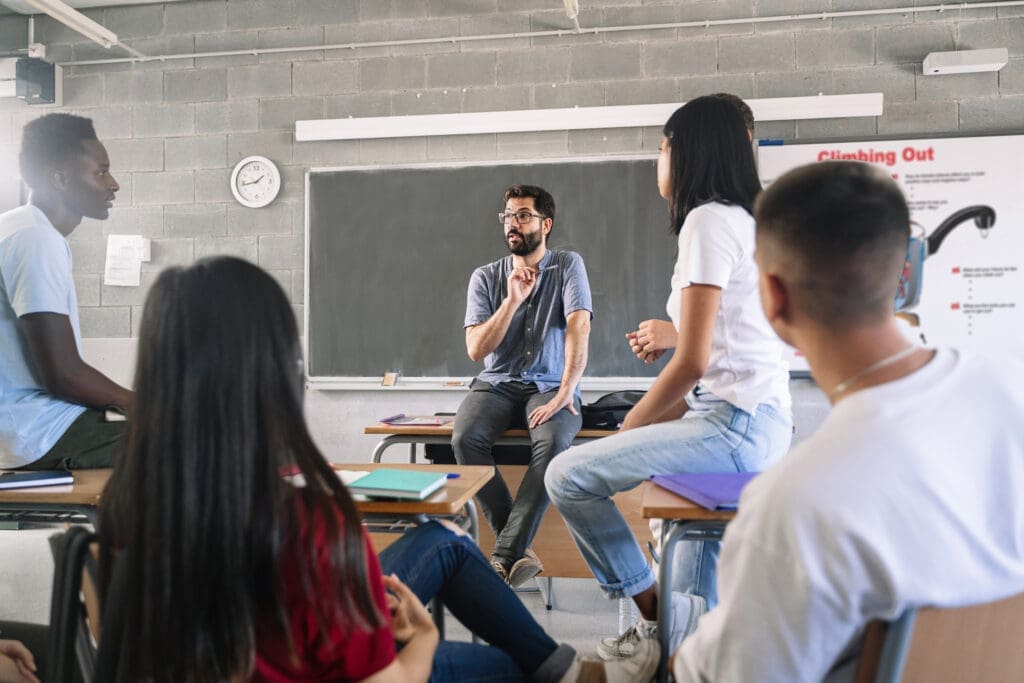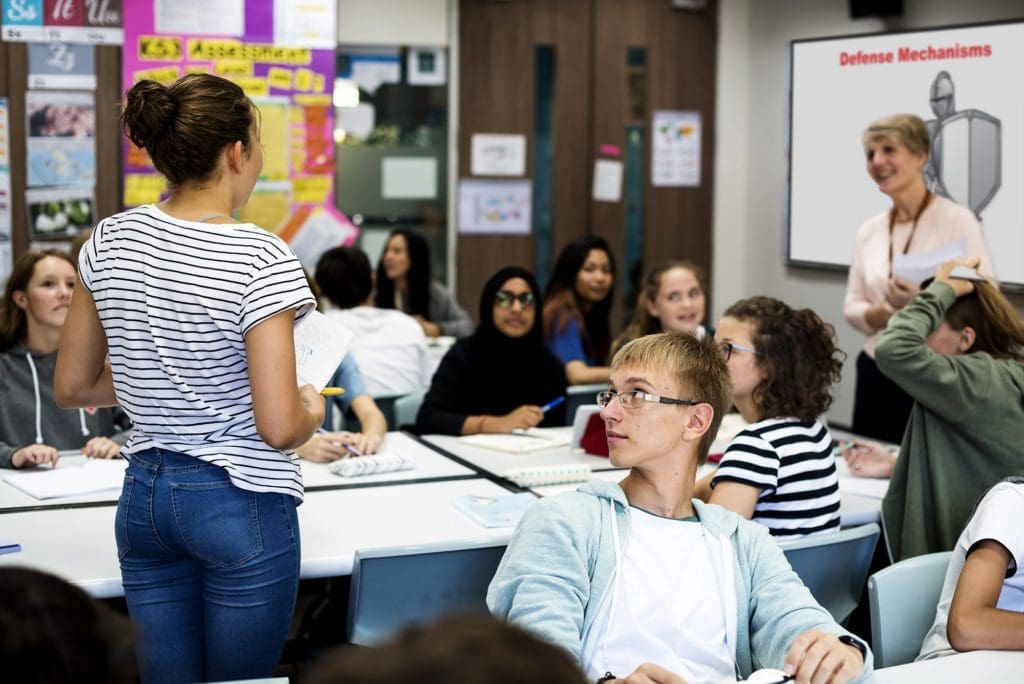WhyTry: Your Powerful Partner for Florida’s Resilience Education Requirements
Florida educators are being asked to do more than ever—to not only meet academic standards, but to equip students with the emotional tools they need to thrive. That’s where WhyTry comes in. At its core, the WhyTry Program is more than just a compliance solution for Florida’s Resiliency Education Requirements—it’s a transformational approach to student wellness, motivation, and lifelong resilience.

✅ Yes, WhyTry Aligns with Florida’s 11 Resiliency Characteristics
But let’s be honest: simply meeting requirements isn’t enough. Florida’s Resiliency Florida initiative is about preparing students to navigate life’s real challenges—from managing emotions and peer pressure to making wise decisions and building healthy relationships. WhyTry helps students do just that.
WhyTry lessons teach students how to:
- See the relevance of school and their own future
- Understand and regulate their emotions
- Develop hope and confidence, even through adversity
- Build supportive connections with peers and adults
- Take responsibility for choices and consequence
What Makes WhyTry Different?
🚀 It’s Designed for Real-World Classrooms
Whether you’re a school counselor, teacher, or administrator, WhyTry fits your setting. Use it in 1:1 sessions, small groups, or across entire classrooms. It’s flexible, trauma-informed, and built for multi-tiered systems of support (MTSS).

🎯 It’s Focused on Relationships, Relevance, and Resilience
Our simple model—the 3 R’s—guides everything:
- Relationships: Because students who feel seen and supported are more motivated and engaged.
- Relevance: Because when students see why they’re learning something, they connect and improve effort.
- Resilience: Because life’s challenges don’t disappear—but students can learn to rise above them.
🎓 It Empowers Educators and Students
From our dynamic in-person, virtual, and just-in-time self-paced training, to our ready-to-use toolkits and lessons, WhyTry equips educators with strategies they can use immediately. These aren’t just theories—they’re hands-on tools that help even the most reluctant learners re-engage.